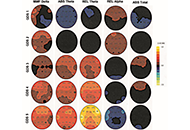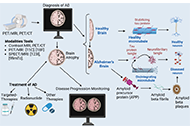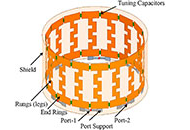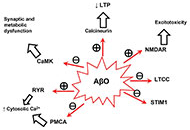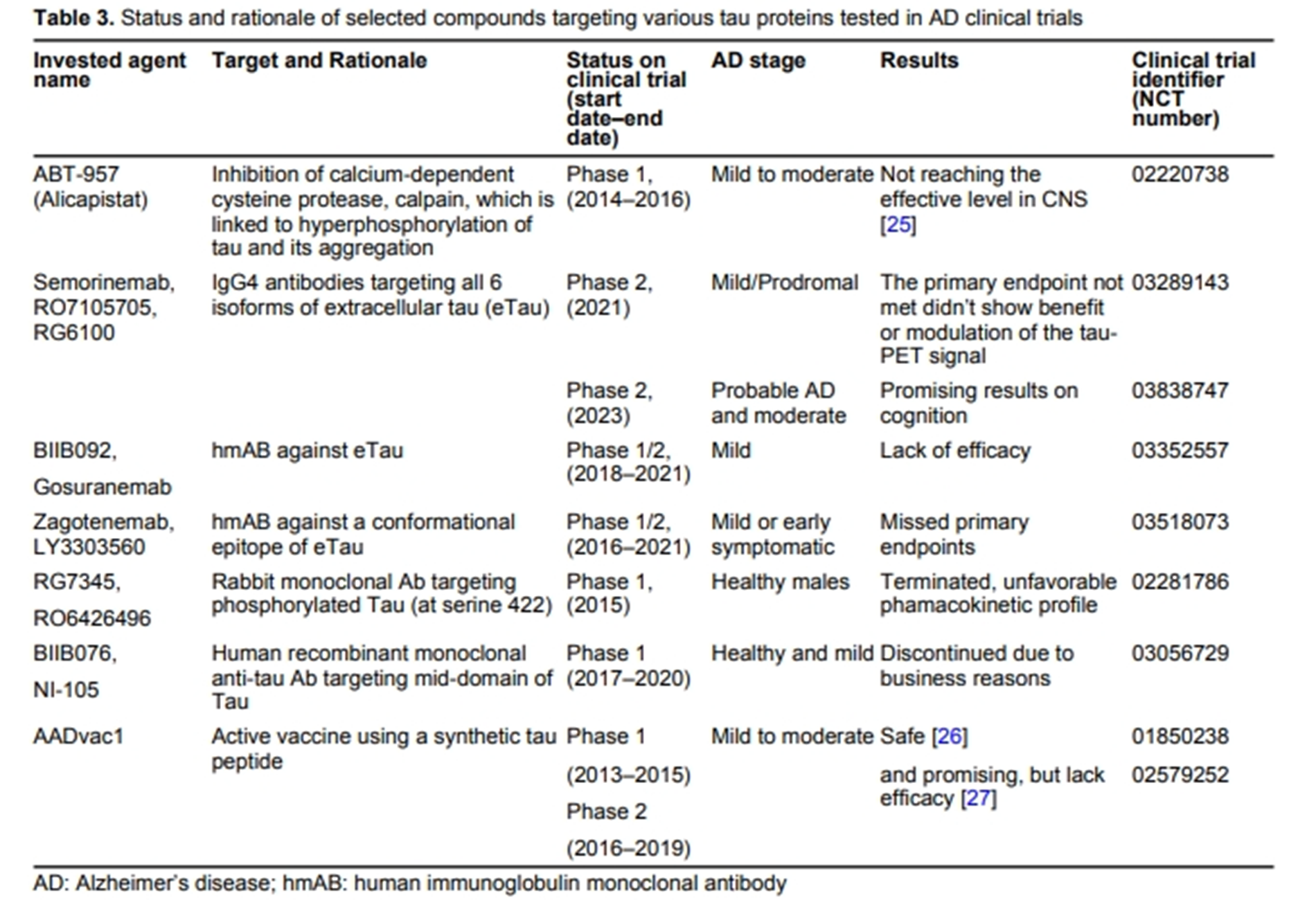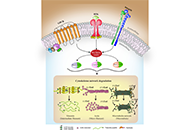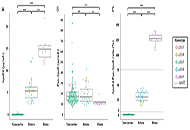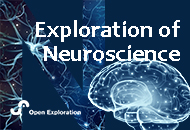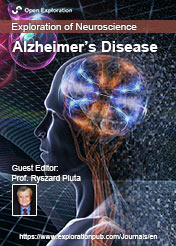
Alzheimer's Disease
Guest Editor
Ryszard Pluta E-Mail
Department of Pathophysiology, Medical University of Lublin, Lublin, Poland
About the Special lssue
Alzheimer's disease is an age-related neurodegenerative disease that affects tens of millions of people worldwide, as well as their caregivers. A neurodegenerative disease, which means it progresses over time. It is assumed that Alzheimer's disease begins 20 years or more before the onset of symptoms, and changes in the brain are imperceptible to the affected person. It is only after years of brain changes that patients notice symptoms such as memory loss and language problems. The symptoms appear because the neurons in brain structures involved in thinking, learning and memory have disappeared. As the disease progresses, neurons in other brain structures also die. Ultimately, this also applies to neurons in the parts of the brain that enable basic bodily functions such as swallowing and walking. Plaques composed of beta-amyloid peptides and neurofibrillary tangles of tau protein are hallmarks of the Alzheimer's disease brain. However, despite more than a century of research, the cause of Alzheimer's disease remains unresolved and there is no causal treatment. Despite years of research, the role of amyloid and tau protein is disputed as the cause of the disease, and other causes of Alzheimer's disease, including brain ischemia, are now being considered. In such a situation, patients are ultimately bedridden and require round-the-clock care. Alzheimer's disease is fatal in the long run. With the demonstration that Alzheimer's disease can begin 20 years or more before the onset of symptoms, a significant time window has opened up for intervention in disease progression. Thus, in the future, the identification of new biomarkers for Alzheimer's disease will enable it early detection and may accelerate the development of new causative therapies. I think that as a result of the involvement of scientists in this special issue, new models and different causes/hypotheses of the disease will be introduced and discussed. This will allow us to better understand in the future which therapies may be most effective at specific points on the Alzheimer's disease continuum. I hope that each article on this topic will both inform and generate further interest in the cause(s) that will explain the development of Alzheimer's disease.
Keywords: Alzheimer’s disease, etiology, amyloid, tau protein, therapy, genomic, proteomic, experimental models, clinical trials
Published Articles
